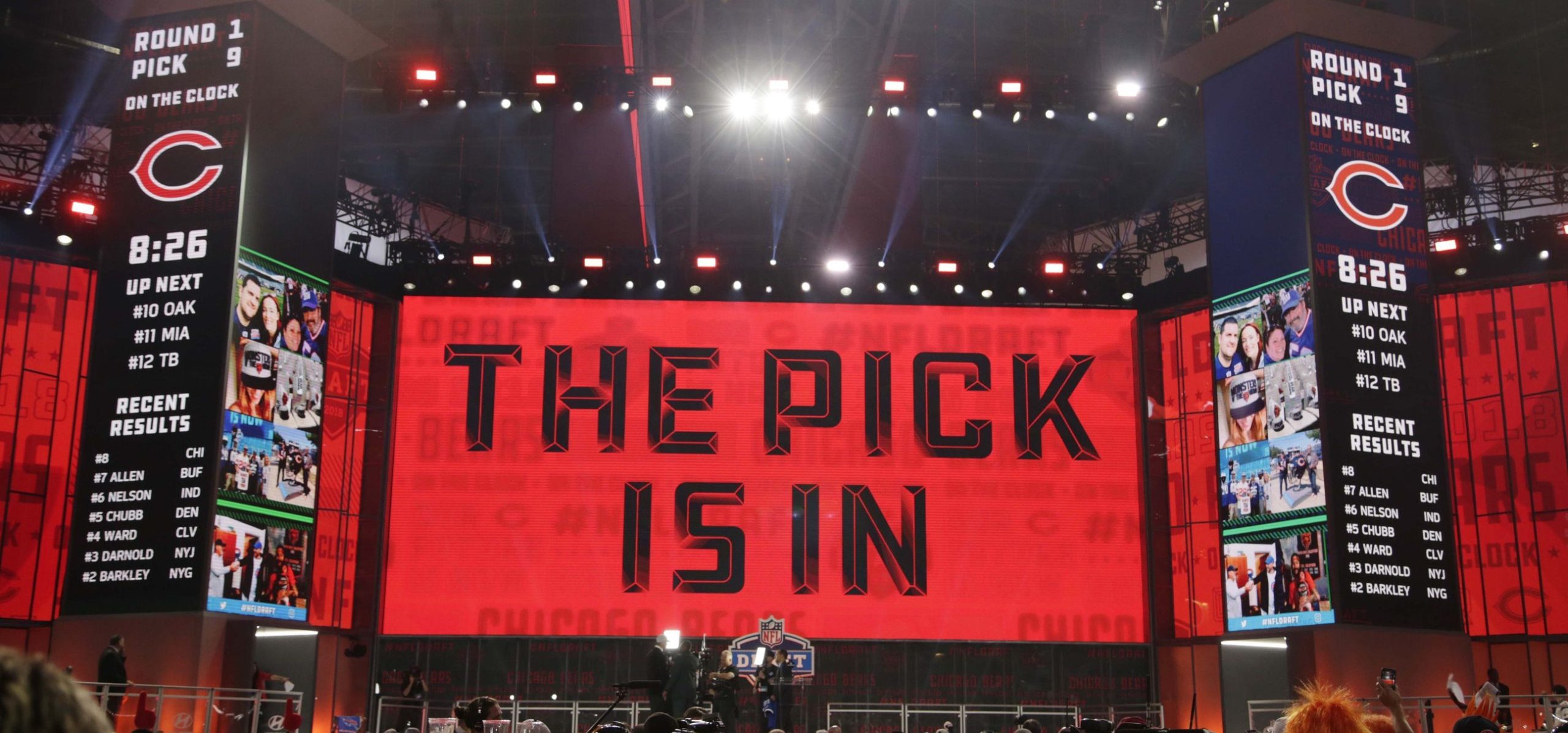When Liberty Media bought the commercial rights to Formula 1 from Bernie Ecclestone for over $4 billion, they provided an opportunity to its 10 current teams (or constructors) to buy a minority state in the series. Teams were offered a total of 19 million shares at $21.26/share and according to Motorsport.com, turned that down.
In many ways, this makes sense for teams to turn down this deal. Sure, an ownership stake sounds great but after realizing that 19 million shares at $21.26/share equals to about a 10% of the company. So even if a team bought every available share, it would be a rather small stake and probably couldn’t elicit much change to their benefit. Also, you’re talking about a series where teams spend tens of millions just to improve their lap time by a few hundredths of a second. Spending money on ownership shares means teams can’t use that money on R&D and to improve their car in the ever competitive series.
But it should be noted that this was exactly how Ecclestone got to own the series and ended up becoming a billionaire. The film 1 details how Ecclestone bought F1 but in summary, Ecclestone, who had owned the Brabham team at the time, bought the commercial rights to the sport before the 1976 Japanese Grand Prix, the final race of the legendary championship duel between James Hunt and Niki Lauda and was depicted in the Ron Howard movie Rush.
Before this, race tracks actually paid for TV networks to televise each race. Ecclestone, seeing the future of TV and broadcasting races on TV, simply bought the rights outright for $1 million and flipped it around, telling TV networks worldwide that if you want the rights to show the Japanese GP, you must agree to show all the races, therefore making the entire series more valuable.
But before Ecclestone did all this, he gave each of the other nine teams an opportunity to buy a 10% share for $100k each and then Ecclestone would buy the rest. Citing similar reasons like not being able to use that money to improve their car or their team, nobody took Ecclestone up on the offer and he turned $1 million into $4.4 billion as well as commanding outrageously expensive hosting fees over the past 40 years.
Obviously, these two situations are different. 40 years ago, a 10% stake only cost $100k where it would cost over $400 million today. So maybe time has passed for teams to “buy low” in F1 ownership. But it is funny to look back and think to yourself that the more things change, the more they actually stay the same in Formula 1. It’s just the timing that is different.






